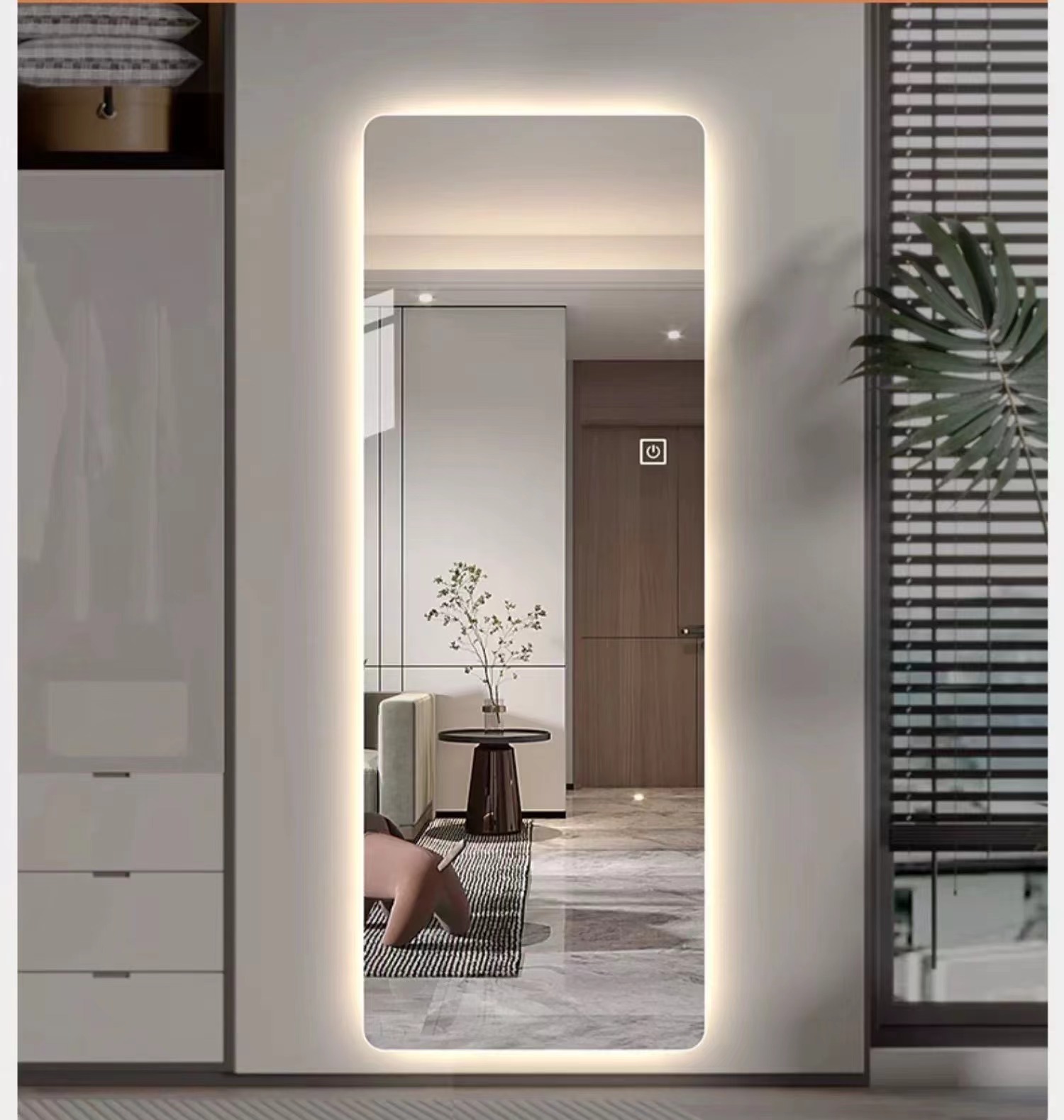The Low E Glass Revolution
In the world of modern architecture and design, low e glass stands as a testament to human innovation. This specialized type of glass is engineered with a microscopically thin coating that reflects heat while allowing light to pass through. It's a technological marvel that has transformed the way we inhabit our spaces, providing unprecedented comfort and energy efficiency.
The low e in low e glass refers to its low emissivity characteristics, which means it emits less radiative heat than traditional glass panes. This unique property enables the glass to maintain an even temperature inside buildings, reducing the need for excessive heating or cooling systems. In essence, low e glass acts like a thermal insulator, trapping warmth in winter and keeping it out during summer, thereby saving significant amounts of energy.
One notable application of low e glass is in the construction of skyscrapers and commercial buildings where large expanses of glass are required. These structures often suffer from extreme temperature fluctuations due to their vast glass surfaces. With low e glass, however, interiors remain comfortable and energy costs are kept to a minimum.
Another area where low e glass excels is in noise reduction. Its unique layering can dampen sound waves, making it ideal for use in noisy urban environments Its unique layering can dampen sound waves, making it ideal for use in noisy urban environments

Its unique layering can dampen sound waves, making it ideal for use in noisy urban environments Its unique layering can dampen sound waves, making it ideal for use in noisy urban environments
 low e 272 glass
low e 272 glass. Apartments and offices near busy streets can benefit greatly from this acoustical advantage, creating quieter, more peaceful spaces.
The environmental benefits of low e glass cannot be overstated. By reducing energy consumption, it contributes to lower greenhouse gas emissions. This not only helps combat climate change but also reduces reliance on non-renewable energy sources. Moreover, the reflective quality of low e glass can minimize glare and avoid the 'greenhouse effect' often seen with conventional glass, where excessive solar heat is trapped inside.
In conclusion, low e glass is a remarkable piece of engineering that blends aesthetic appeal with functional performance. Its role in enhancing architectural designs while simultaneously addressing energy conservation and environmental concerns is truly noteworthy. As we move forward into an era where sustainability is paramount, the importance of such innovative materials will only continue to grow, shaping the future of building design and urban planning.


 Its unique layering can dampen sound waves, making it ideal for use in noisy urban environments Its unique layering can dampen sound waves, making it ideal for use in noisy urban environments
Its unique layering can dampen sound waves, making it ideal for use in noisy urban environments Its unique layering can dampen sound waves, making it ideal for use in noisy urban environments low e 272 glass. Apartments and offices near busy streets can benefit greatly from this acoustical advantage, creating quieter, more peaceful spaces.
The environmental benefits of low e glass cannot be overstated. By reducing energy consumption, it contributes to lower greenhouse gas emissions. This not only helps combat climate change but also reduces reliance on non-renewable energy sources. Moreover, the reflective quality of low e glass can minimize glare and avoid the 'greenhouse effect' often seen with conventional glass, where excessive solar heat is trapped inside.
In conclusion, low e glass is a remarkable piece of engineering that blends aesthetic appeal with functional performance. Its role in enhancing architectural designs while simultaneously addressing energy conservation and environmental concerns is truly noteworthy. As we move forward into an era where sustainability is paramount, the importance of such innovative materials will only continue to grow, shaping the future of building design and urban planning.
low e 272 glass. Apartments and offices near busy streets can benefit greatly from this acoustical advantage, creating quieter, more peaceful spaces.
The environmental benefits of low e glass cannot be overstated. By reducing energy consumption, it contributes to lower greenhouse gas emissions. This not only helps combat climate change but also reduces reliance on non-renewable energy sources. Moreover, the reflective quality of low e glass can minimize glare and avoid the 'greenhouse effect' often seen with conventional glass, where excessive solar heat is trapped inside.
In conclusion, low e glass is a remarkable piece of engineering that blends aesthetic appeal with functional performance. Its role in enhancing architectural designs while simultaneously addressing energy conservation and environmental concerns is truly noteworthy. As we move forward into an era where sustainability is paramount, the importance of such innovative materials will only continue to grow, shaping the future of building design and urban planning.